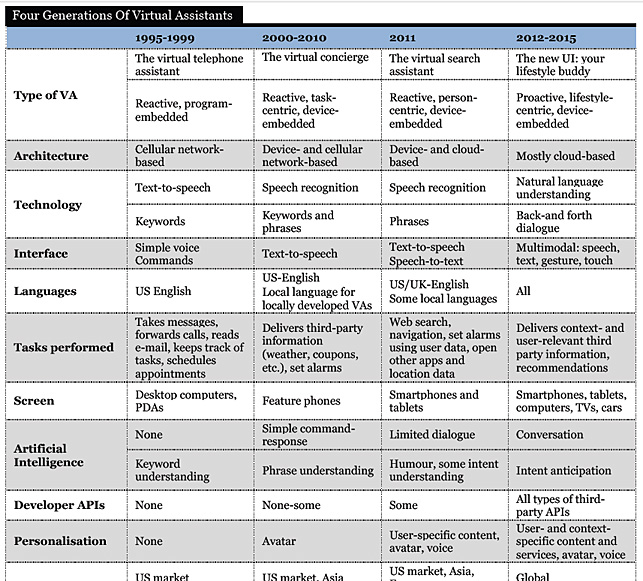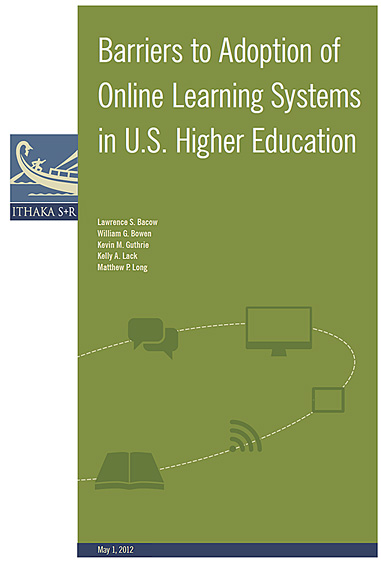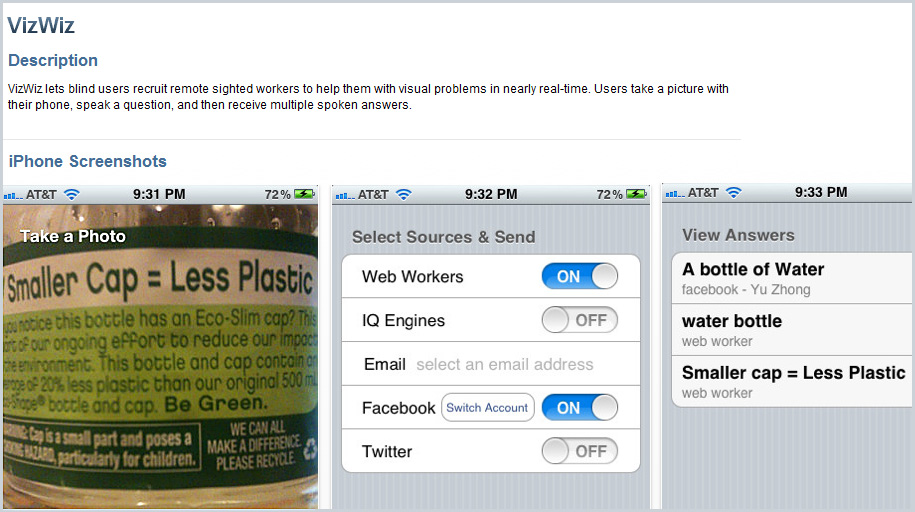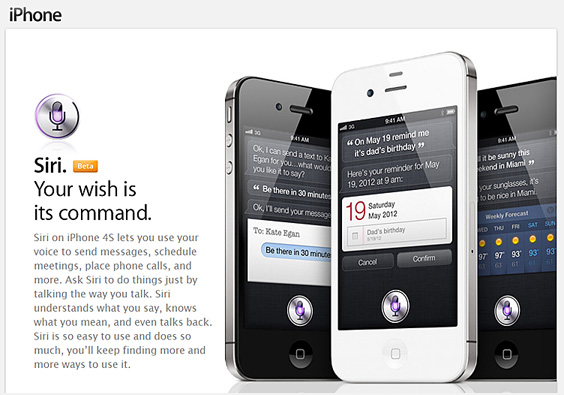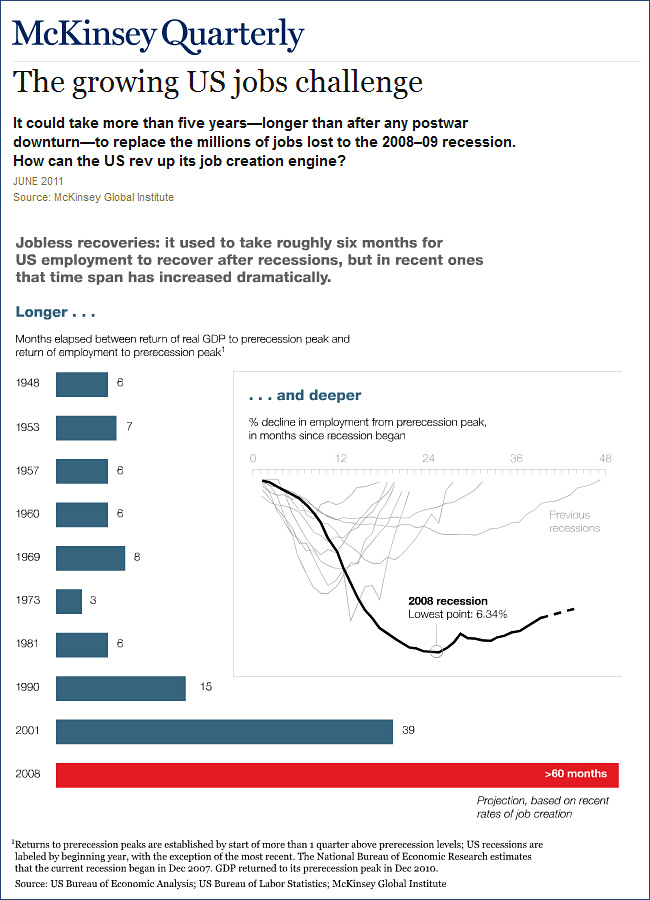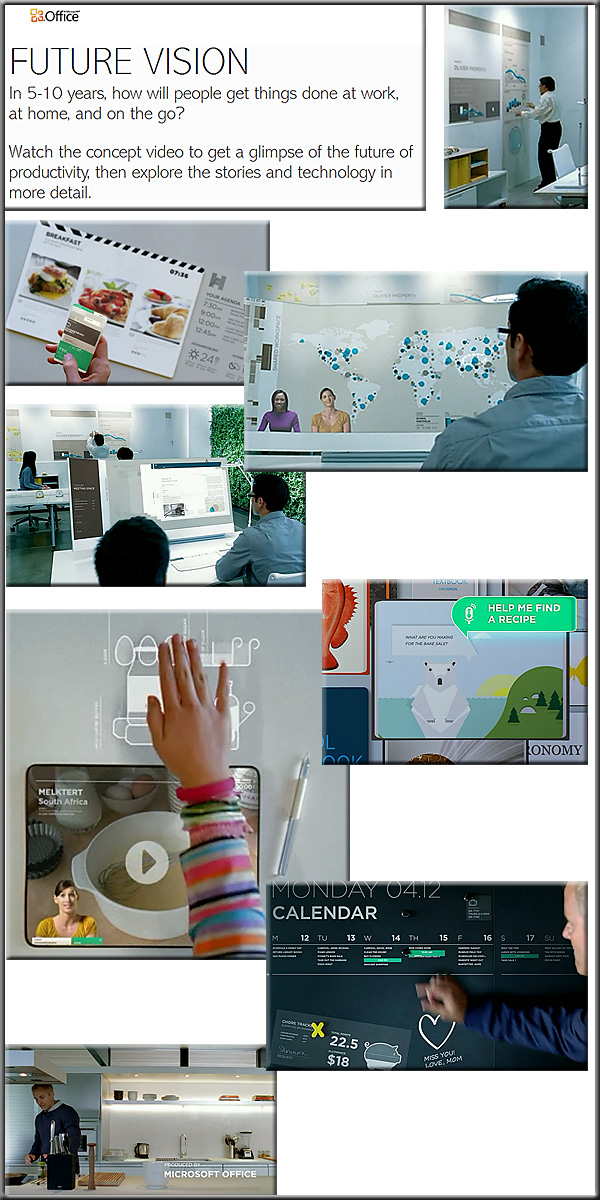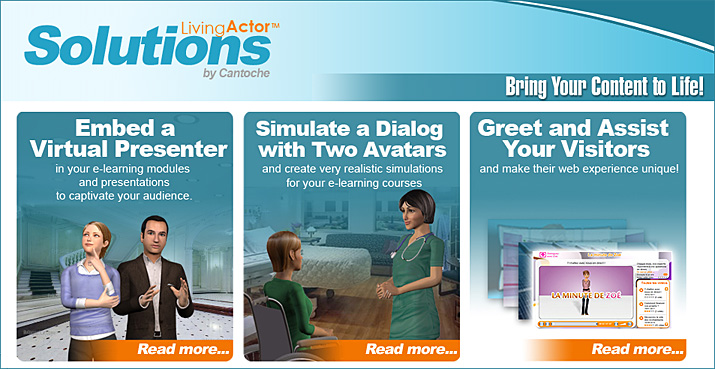Six things to know about the robots in your future — by futurist Richard Worzel, C.F.A.
Excerpt:
Accordingly, we’re about to be surprised, for real robots and their non-physical counterparts, computer intelligences, are about to enter our lives in a very real way. And initially at least, our reactions to them are likely to be that they are either creepy, or infuriating. Let’s start with the ways in which we are likely to encounter robots and computer intelligences, and then let me move on to where the evolution of robots is headed.
Also see Richard’s The Innovation Revolution
Excerpt (emphasis DSC):
We are standing at the edge of the next revolution, one that will shake the foundations of the corporate world. It will both create and destroy jobs, and build and decimate organizations, and at speeds that will catch people – and organizations – by surprise. The winners will be those who foresee what’s ahead, think clearly about how to take advantage of these emerging trends, and act decisively. We are witnessing the end of “business as usual” in any sense of the phrase.
In the corporate world, we tend to think of innovation as a corporate process. It typically involves a team looking for improved ways of doing things the organization already does, then implementing them to increase the corporation’s profitability, or competitive advantage, or both.
Yet, one long-term trend is clear, undisturbed, and will be markedly disruptive: power is devolving from large organizations to individuals and small groups.











